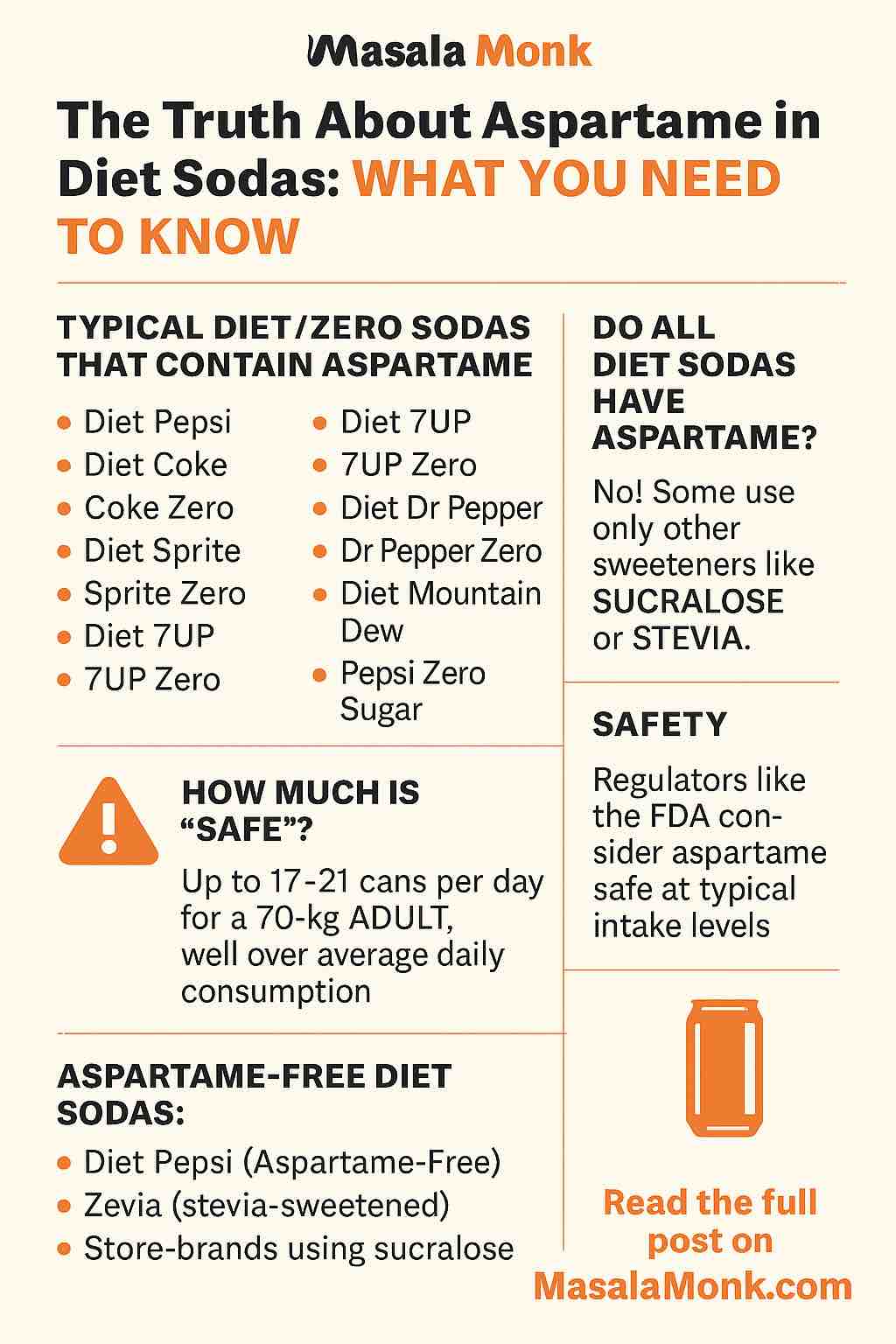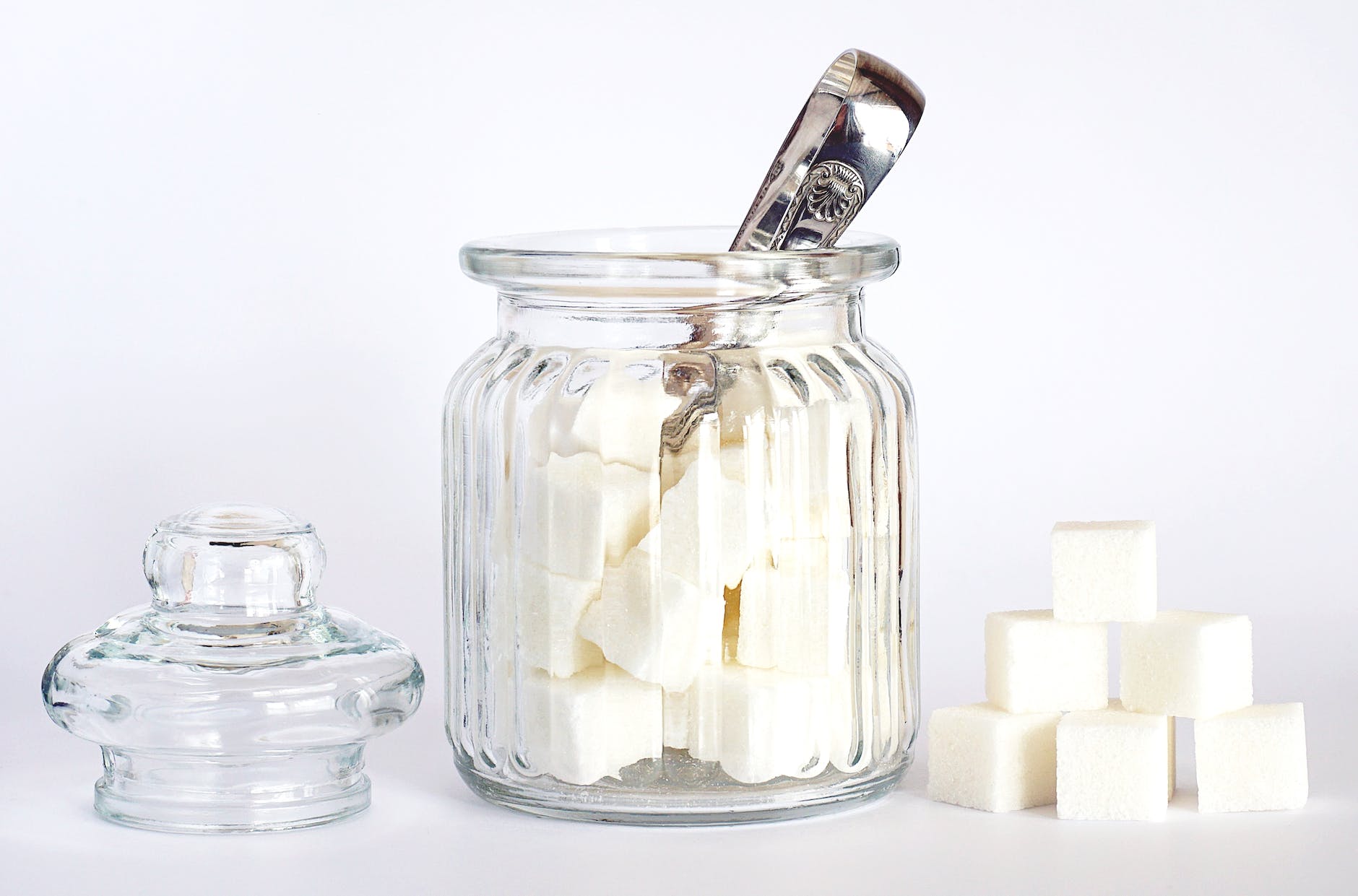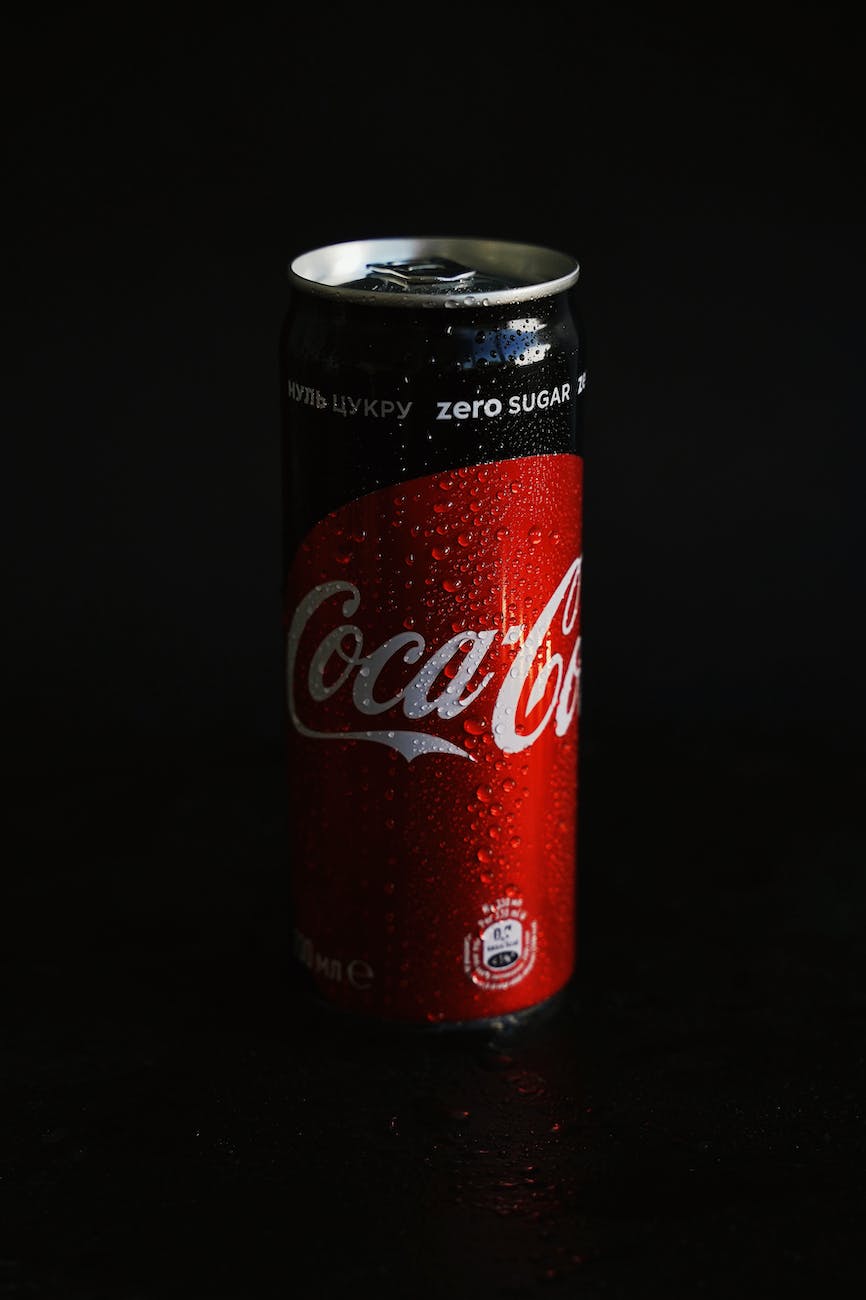
In recent years, there’s been a growing curiosity and concern around artificial sweeteners in our favorite beverages. One name that repeatedly surfaces in this conversation is aspartame. If you’re someone who enjoys diet sodas but wonders about what you’re actually drinking, you’re not alone. In this deep-dive, we’ll explore which sodas contain aspartame, which don’t, and what this means for your health and choices.
What Is Aspartame?
Aspartame is a low-calorie artificial sweetener that is approximately 200 times sweeter than sugar. It’s commonly used in diet sodas, sugar-free gum, and other “light” or “zero” calorie products. Chemically, it’s a combination of two amino acids: phenylalanine and aspartic acid. Because of its intense sweetness, only small amounts are needed to achieve the desired taste, helping reduce calorie counts in products.
Aspartame has been approved for use by the FDA, EFSA, and World Health Organization, but its safety has been the subject of intense scrutiny and debate. More on that later.
Which Sodas Contain Aspartame?
If you drink diet or zero-calorie sodas, chances are high that you’re consuming aspartame. Here are some of the most common aspartame-containing sodas:
- Diet Pepsi (classic formula)
- Pepsi Zero Sugar
- Diet Coke
- Coke Zero Sugar
- Diet Dr Pepper
- Dr Pepper Zero Sugar
- Diet Sprite / Sprite Zero Sugar
- 7UP Zero Sugar / Diet 7UP
- Diet Mountain Dew
- Fanta Zero Sugar
- Fresca
- Mello Yello Zero Sugar
- Barq’s Diet Root Beer
- Pibb Zero
These beverages often combine aspartame with another artificial sweetener like acesulfame potassium (Ace-K) to enhance sweetness and improve flavor stability.
Do All Diet Sodas Contain Aspartame?
No, not all diet sodas contain aspartame. However, the majority do. Some brands have started to release aspartame-free alternatives in response to consumer demand. One notable example is Diet Pepsi, which launched an aspartame-free version in the U.S. in 2020. That said, the classic version with aspartame remains available, so consumers need to read labels carefully.
Other diet sodas may use sucralose (Splenda) or stevia as alternatives, though these are still relatively rare in mainstream cola products.
Aspartame-Free Diet Soda Options
Looking for diet sodas without aspartame? Your options are limited but growing:
- Diet Pepsi (Aspartame-Free version)
- Zevia (Stevia-sweetened sodas)
- Certain store brands (like Whole Foods 365 or Kroger Simple Truth, which sometimes use stevia or sucralose)
Always check the ingredient list for these sweeteners:
- Sucralose
- Stevia leaf extract
- Erythritol (in some blended sweeteners)
Why the Concern Over Aspartame?
Aspartame’s safety has been questioned for decades. The FDA considers it safe, setting an Acceptable Daily Intake (ADI) of 50 mg per kilogram of body weight. For context, an average 150-pound adult would need to drink 17-21 cans of diet soda a day to exceed this limit.
That said, in 2023, the World Health Organization’s International Agency for Research on Cancer (IARC) classified aspartame as “possibly carcinogenic to humans (Group 2B),” based on limited evidence linking it to liver cancer in humans. However, this classification means there is some concern, but not enough data to prove a direct link. WHO’s Joint FAO/WHO Expert Committee on Food Additives (JECFA) did not change its recommendation for the ADI.
Other concerns have included:
- Headaches and migraines
- Mood changes
- Neurological effects
However, these reports are anecdotal and often not conclusively linked to aspartame in scientific studies.
How to Identify Aspartame in Beverages
Always check the Nutrition Facts label and ingredients list. Aspartame may be listed by name or as “contains phenylalanine” (a warning for those with PKU, a rare genetic disorder).
Conclusion: Should You Avoid Aspartame?
Whether or not you avoid aspartame is a personal choice. For most people, moderate consumption is considered safe by global health authorities. However, if you’re sensitive to artificial sweeteners or prefer to minimize exposure to controversial ingredients, you can:
- Choose aspartame-free diet sodas
- Switch to unsweetened sparkling water
- Try natural alternatives like stevia-based sodas
Ultimately, being an informed consumer means understanding what goes into your favorite beverages and how it fits with your health goals.
TL;DR – Aspartame in Sodas:
- Most diet/zero sodas contain aspartame.
- Some alternatives (sucralose, stevia) exist but are less common.
- Regulatory bodies say it’s safe in moderation, though health concerns remain debated.
- Check labels to make informed choices.
Stay curious. Stay informed. And drink wisely!
| Soda | Contains Aspartame? |
|---|---|
| Diet Pepsi (classic) | 👍 Yes |
| Diet Pepsi (new aspartame‑free) | 👎 No |
| Pepsi Zero Sugar / Pepsi Max | 👍 Yes |
| Diet Coke / Coke Zero | 👍 Yes |
| Diet Sprite / Sprite Zero | 👍 Yes |
| Diet 7UP / 7UP Zero Sugar | 👍 Yes |
| Diet Dr Pepper / Dr Pepper Zero | 👍 Yes |
| Diet Mountain Dew | 👍 Yes |
| Fanta Zero, Fresca, Mello Yello Zero, etc. | 👍 Yes |
🔍 Frequently Asked Questions (FAQs)
- Does Diet Coke contain aspartame?
Yes, Diet Coke contains aspartame as its primary sweetener. It is also blended with acesulfame potassium (Ace-K) in some regional variations. - Is aspartame safe to consume daily?
Regulatory bodies like the FDA and WHO consider aspartame safe for daily consumption within the Acceptable Daily Intake (ADI) limit. For an average adult, that means up to 17–21 cans of diet soda per day—well above typical consumption levels. - Are there any aspartame-free diet sodas available?
Yes. A few examples include the newer aspartame-free Diet Pepsi, Zevia sodas (stevia-sweetened), and select store-brand sodas using sucralose or stevia instead. - How can I tell if a soda contains aspartame?
Check the ingredients label. Look specifically for “aspartame” or a PKU warning (indicating the presence of phenylalanine, a breakdown product of aspartame). - Do Sprite Zero or Diet Sprite have aspartame?
Yes, both contain aspartame as part of their sweetener blend. - Which is better: aspartame or sucralose?
Both are FDA-approved and low-calorie, but they differ in taste and stability. Sucralose tends to be heat-stable and sweeter, while some people find aspartame has a more sugar-like taste. Preferences and tolerances vary. - Why do companies use aspartame instead of sugar?
Aspartame is ~200 times sweeter than sugar, allowing companies to use less of it to achieve sweetness—reducing calories and catering to health-conscious consumers. - What are the potential side effects of aspartame?
Most people tolerate it well, but anecdotal reports include headaches, dizziness, and mood changes. Individuals with phenylketonuria (PKU) must avoid it entirely. - Is aspartame linked to cancer?
WHO’s IARC classified aspartame as “possibly carcinogenic” (Group 2B) in 2023, citing limited evidence. However, global food safety agencies (FDA, EFSA, JECFA) continue to deem it safe at current intake levels. - Do all diet sodas contain artificial sweeteners like aspartame?
Almost all do, but some use alternatives like sucralose or stevia. Natural sodas like Zevia use no artificial sweeteners at all.













